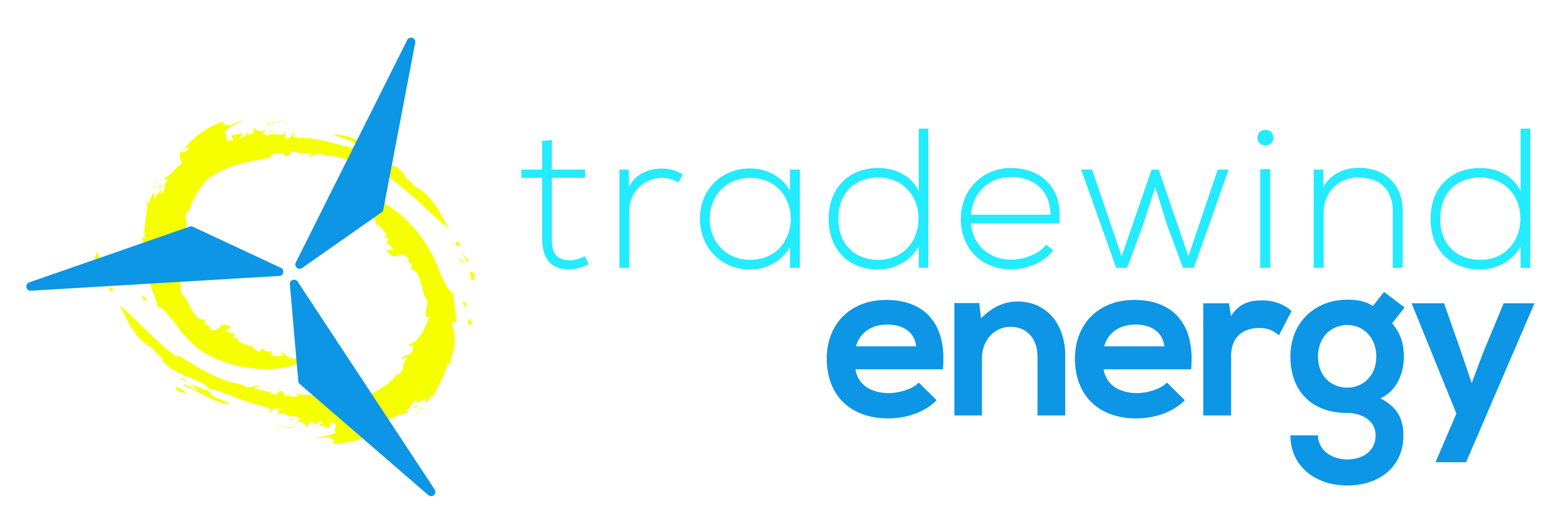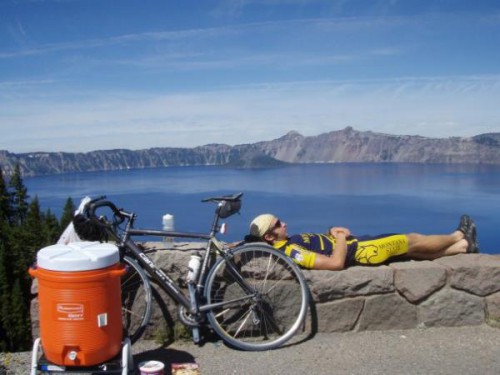I wrote a post about how screwy it seems that these Tour contenders, such as Bradley Wiggins, take over a month off a couple times a season to just train. I personally can’t see being about to hold any form for that period of time by just riding.
I’ve always done the same thing. I train until I’m fit enough to race. Then I race and race to get into shape. It is easy. It is proven. It has been done for decades by thousands of pros.
Now, ever since Lance rode a total of maybe 12 (?) race days before winning the Tour one year, lots of guys seem to be disappearing for long periods. There are so many riders now, that you hardly miss the guys. It says here that Chris Anker Sørensen, Saxo Bank, is training at altitude for Tour de Suisse and the Tour. Man, with all these guys going MIA, the climbs in Tenerife must be much like trying to get to the top of Everest right now.
I think it is strange that in this day and age of exact science in training that the best riders could be so all over the map about whether it is better to race or not race to get into superior form. Tom Boonen said at the Tour of California that he was going to be flat because he hadn’t raced since the classics. And then Peter Sagan went and won just about every stage, even though he hadn’t raced since the classics.
There is an article at Velonation about Alexander Kolobnev. He had an issue with a diuretic and couldn’t race while they sorted that out. Then he had an accident and had to have surgery.
Anyway, he obviously hadn’t raced in a while. Kolobnev knows that he’s several months behind the other riders in terms of racing mileage. He wants to try to catch up and thus raise his form, and is receiving help from his team in that regard.
“I have asked to do as many races as possible in order to get back my rhythm,” he said. “My calendar is Trofeo Melinda, Gp D’Argovie, Tour de Swiss, National Championship, either the Tour de France or the Tour of Poland – we have to decide – then the Olympic Games.”
So, he is stressed that he doesn’t have the proper racing to allow his body to perform well in August, just all the guys that are trying to win the Tour and such, won’t have nearly as many race miles as he will.
My question is with all the testing that we have nowadays and the advancement of sports medicine, you’d think it would be proven which method is best. Because the methods are completely opposite. It seems like you could do power and blood testing and be able to figure out exactly where you are at every exact point during the season. “Resting” over a month seems extreme to me. Especially starting in April and when you’re winning races, resting, then planning to win the Tour.
I just don’t get it.






There’s no way anyone can simulate the efforts in training of a hard race situation unless you ride to the race, race to win and do another 50-80kms behind a small car or moped back home 3 xs a week. Or just ride behind a moped at race pace and do sprints and intervals til you see “Black snow” 3xs a week on the parcours you are going to race on.
You wouldn’t get it, Steve. It’s all about doping.
You can’t get a cycle going when you’re at risk of being tested at a race.
I think in that shot of lake tahoe, those are Montana State University bib shorts. Go Bobcats!
Different strokes for different folks. Some riders know that they can only peak for a certain number of races per season before it starts being more damaging than beneficial. Runners and swimmers have done this forever.
Whats good for one guy may not be good for someone else. Steve I know you have talked about nutrition and have even said you could eat McDs for an entire year and not have any ill effects and race just as good. I race and good nutrition has elevated my riding 10 fold. Many pros are better riders because how they eat, sleep, train and race and everyone is different.
IntheKnow, probably, sadly has it right. I did cheat when I was in Europe, and offer no excuses. But the one thing I remember, is our coach saying, the muscle you build on your cycle, you will retain 90% of, if you keep working just as hard, after the cycle. Which means, you’re now clean, but you’re stronger. I can attest to the fact, it does work.
Steve, if you were a GT contender, how would you prepare for the TdF? If they want, a Pro-tour rider can race pretty much non stop from March through July. P-N, Catalunya, Castilla y Leon, Ardennes classics, Romandie, Giro, Dauphine. How much is too much? Would the Giro be good prep or likely burn out?
Transfusions, clean blood and stockpiling bags.
This discussion should go much deeper than it does in this post, which seems to not be up to your usually reflective standard Steve. I do however agree with you that it seems suspicious to go to the island where the infamous doctor live, but to discard altitude training and structured training for racing as a fact doesn’t make sense.
The cycling culture isn’t exactly known for being very far ahead in applied training principles and having a structured system (how many cyclist have you seen doing intervals and doing lactate tests in the breaks?). One reason for this might be that they do too many races to actually being able to control total physical strain on their body. It is a simple fact that you cannot control your intensity in a race. And it has been proven in most endurance sports that training at or just below AT (anaerobic threshold) gives superb results. Just look at the training for all the best long distance runners. Nearly all of them adhere to a AT based training.
Cycling exposes the body for different types of stress than running, so it is not really comparing apples to apples, but how many races does an average runner have to do before getting into peak form? It is for sure in the single digits.
I am doing a comparison with running because they have a real advantage with the timing aspect. You cannot hide the numbers and it is easy to apply empiric methods. What doesn’t work becomes really obvious really fast. In skiing, cycling and other sports where you don’t have a fixed reference timing system everybody can do the wrong thing and still think they are doing the right thing. Just because thousand of pros have used the racing strategy doesn’t make it the best method.
Another thing is that the cycling environment is affected a lot by a hierarchic culture, due to the team aspect of the sport. I have seen so many teams where there is a sport director, a fat guy with no personal experience in physical exercise, who dictates all the decisions regarding the training, amount of racing etc. This is especially true in the south of Europe. And it isn’t necessarily the best way to get into peak form for TdF.
Another question is why do the athletes in most other endurance sports use a base/build up training period of 5-7 months before they start competing, while cyclists maybe have 2? To me it seems weird…
AT training: http://www.mariusbakken.com/training-corner/kenyan-training/kenyan-principles.html
If you are clean you have to race regularly to be in race shape. If you turn up at a race a pint low you are going to get your ass handed to you. So you go to Spain take the pint out train below AT. Take a micro dose epo or roid cycle and slowly get your pint back. Turn up at a race with good blood levels to beat the passport then take the blood on the rest day and you are ready to climb. We largely turn a blind eye to cyclings dirty side at every level of the sport.
Tahoe? I thought Crater Lake.
Wow Knower, tell us something we don’t already know.
If I stated the obvious it’s only because some still live in naivity.